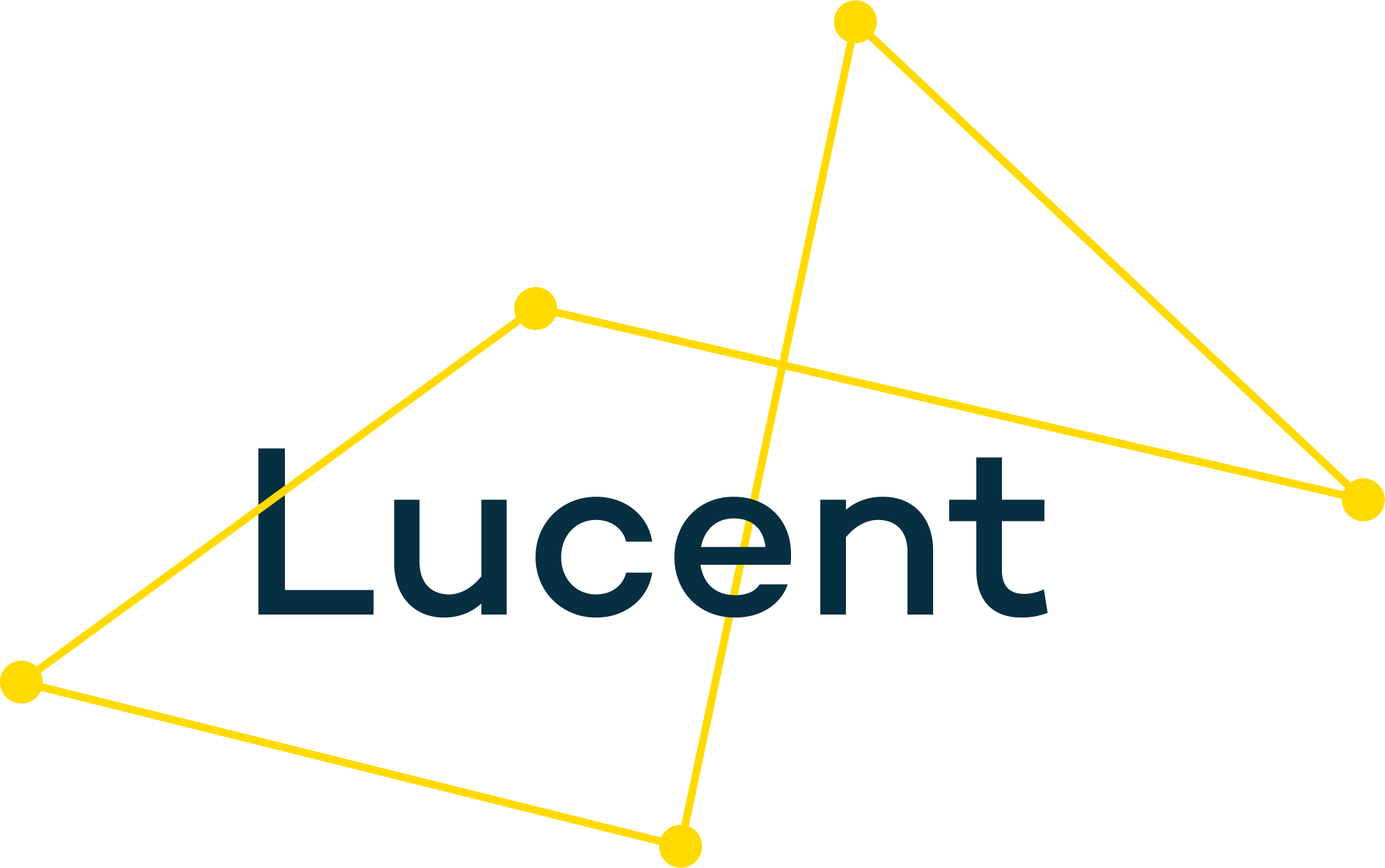What is the role of foundations in effective placemaking?
Many philanthropic organisations have always invested in the communities where they were established. However, placemaking has increasingly gained momentum in recent years, transforming the way funders, communities, and local stakeholders work together to address specific regional needs. This "vertical" approach we see emerging from clients and other organisations is both practical and visionary, focusing on maximising their assets to build vibrant communities through collaboration, mutual investment, and deep-rooted engagement.
At its core, placemaking is about investing in communities by bringing together philanthropists, businesses, local organisations, and local public authorities to foster a sense of unified vision to collaboratively address local needs in new, innovative ways. There are various models but in each of them partners bring resources, knowledge, and expertise to the table, ensuring solutions are community-driven, inclusive, and impactful.
Long-term deprivation, austerity and more recently the pandemic showed how places and communities vary dramatically in their response to same challenges. This different degree of resilience is a direct result of long-term investment in the social capital and fabric of these communities and regions.
What is effective placemaking?
Our work with the Foundations for Social Justice network has demonstrated that effective placemaking requires funders to be comfortable doing deep work in relatively small communities. In certain cities, foundations have concentrated resources on revitalizing specific neighbourhoods, transforming them into resilient, thriving areas. For instance, initiatives focusing on health outcomes, community safety, and local employment have seen success through multi-year commitments and the active involvement of residents. However, practitioners quickly realize that scaling beyond these specific communities is challenging, as success heavily depends on the strength of local organisations and their established relationships.
The strength of local institutional support has proven crucial in selecting communities for placemaking initiatives, particularly in areas where local authorities may have limited capacity and multiple crises are unfolding. For example, Local Motion's work in communities like Carmarthen, Enfield, Lincoln, Middlesbrough, Oldham, and Torbay demonstrates how targeted support can create meaningful change when paired with strong local partnerships. Similarly, the Big Local initiative, which awarded £1m to each of 150 areas, shows the scale of commitment needed for meaningful community transformation.
In other places, programs that blend arts, culture, and community development have fostered social cohesion and revitalized spaces once neglected, which became icons of regeneration. Projects that use public art, cultural programming, and local storytelling have helped create a sense of belonging, pride, and shared vision among residents.
Many foundations have focused on improving health outcomes in specific regions—by working with community health organisations and leaders — demonstrating how place-based philanthropy can make tangible, measurable differences in public health, particularly in underserved communities.
Challenges for funders
While the impact of placemaking is clear and visible, the journey can be challenging. Sometimes it requires funders to take a step back, allowing communities to lead the conversation and decide what they need. This involves sharing control and embracing the unpredictable nature of place-based work, which may initially feel uncomfortable for more traditional funders.
Through our work, we've observed how placemaking funders are coming to terms with the long-term nature of this work. Building strong partnerships often takes decades, not years, and these relationships need time to be tested and nurtured. This is particularly crucial in fractured contexts where lack of trust among locals, often fuelled by divisive local politics, creates additional challenges. Building bridges between different community groups becomes not just important but essential for success.
Another area where traditional approaches might not work when it comes to placemaking is measuring impact. Traditional metrics may not fully capture the intangible benefits, such as community trust or social cohesion, making it essential to adopt more innovative and community-led evaluation methods, where building trusting relationships is key.
An evolving movement
With governments increasingly focused on local empowerment and regional equity, placemaking philanthropists can play a critical brokering and convening role by aligning their efforts with public policy initiatives, sometimes stepping in this horizontal leadership role that no one else is willing or able to play.
The hope we hear from practitioners is that placemaking becomes more than a model and turns into a movement committed to serve communities in new ways, where everyone works together to build a brighter, more inclusive future.
Challenges like the pandemic showed how a strong connection to place can be harnessed for the greater good. Although place-based charitable efforts are not new, in the poly-crisis age we live in a renewed focus on place-centred initiatives offers promising benefits for all.
If you are a funder looking to build your approach to placemaking, get in touch with our team for further guidance.
